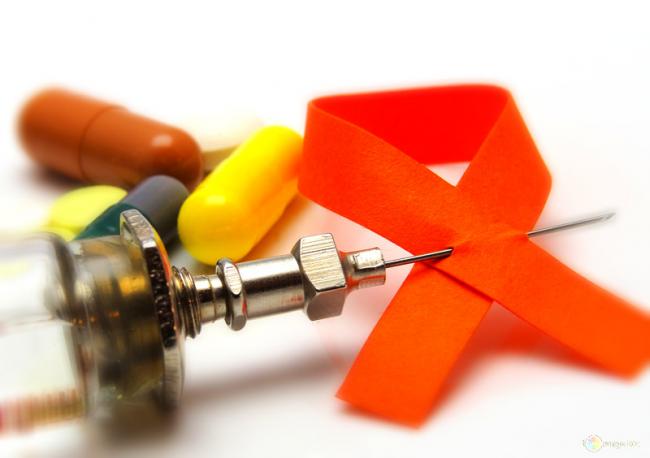
Study identifies cost-effective ways to combat HIV risk among intravenous drug users
“There’s an opioid epidemic in our country, and there’s a real public health crisis associated with injecting,” said Cora Bernard, a graduate student in management science and engineering. “We think it’s important to understand what investments give highest value because HIV prevention programs, and especially programs that reduce the prevalence of injection drug use, can have outsized, positive impact on individuals, families and public safety.”
Bernard is the lead author of a study on prevention programs that could head off a resurgence of HIV and perhaps decrease the effects of the opioid crisis. The study was published online May 24 in PLOS Medicine. The senior author is Margaret Brandeau, PhD, professor of management science and engineering.
In July 2016, Bernard and her co-authors published a different study examining pre-exposure prophylaxis, or PrEP, a pill that reduces a person’s risk of infection when they come into contact with the HIV virus. The researchers found that PrEP was effective, but expensive.
The new study examines alternatives that also reduce the risk of HIV infection but are more cost-effective. They created a model to determine how many quality-adjusted life years — a metric that incorporates both life expectancy and quality of life — a person could gain from four HIV prevention methods, and what those years would cost.
“The dynamics of HIV prevention and treatment are complex,” Brandeau said. “Our model allows us to evaluate the costs and effects of the interventions, singly and in combination, to determine what programs would be effective and cost-effective in preventing the spread of HIV among persons who inject drugs.”
Prevention models studied
Of the prevention programs simulated in the model, the authors found that opioid agonist therapy, or OAT, was the most cost-effective. OAT replaces drugs like heroin with a prescription that provides similar effects under safer conditions. Methadone and buprenorphine maintenance therapies are the most common.
Needle-syringe exchange programs, in which people swap their dirty needles for clean ones, were the next most cost-effective option. This was followed by test-and-treat programs, which identify people with a high risk of contracting HIV, test them for the virus and treat them before the disease has much chance to spread — both within their own bodies and to others who are exposed.
The study estimated that PrEP can also successfully reduce HIV, but not in a cost-effective way. The authors write that the other three techniques could all cost less than $50,000 for each quality-adjusted life year gained by individuals. PrEP would likely cost more than $600,000 per quality-adjusted life year.
The prevention programs were most effective when used in combination. The authors project that combining OAT and needle-syringe exchanges could avert up to 40,000 HIV infections over 20 years among people who inject drugs, not to mention preventing downstream sexual transmission of HIV to others in the population.
According to Bernard, one of the benefits of OAT in particular is that in addition to reducing the risk of HIV, it can also help people stop injecting drugs. The authors project that expanding OAT access could decrease the size of the injection population by up to 23 percent over 20 years for low-coverage expansions and up to 37 percent over 20 years for more extensive program expansions.
OAT found to be ‘highest-value investment’
“We started out thinking about this as an HIV problem, but we realized that the majority of health benefit actually comes from reducing injection drug use and improving quality of life for drug users,” said Bernard. “This is why we found OAT to be the highest-value investment.”
Bernard and her co-authors believe that employing techniques like OAT could help reduce the effects of the opioid crisis.
“Our study aims to help policymakers and clinicians understand how a variety of interventions can help improve health outcomes and prevent HIV,” said study co-author Douglas Owens, MD, professor of medicine and internist at the Veterans Affairs Palo Alto Health Care System. “We hope our analyses help show how to use limited resources efficiently to prevent the devastating consequences of substance use.”
The study’s other co-author was Jeremy Goldhaber-Fiebert, PhD, associate professor of medicine.
Support Our Journalism
We cannot do without you.. your contribution supports unbiased journalism
IBNS is not driven by any ism- not wokeism, not racism, not skewed secularism, not hyper right-wing or left liberal ideals, nor by any hardline religious beliefs or hyper nationalism. We want to serve you good old objective news, as they are. We do not judge or preach. We let people decide for themselves. We only try to present factual and well-sourced news.







